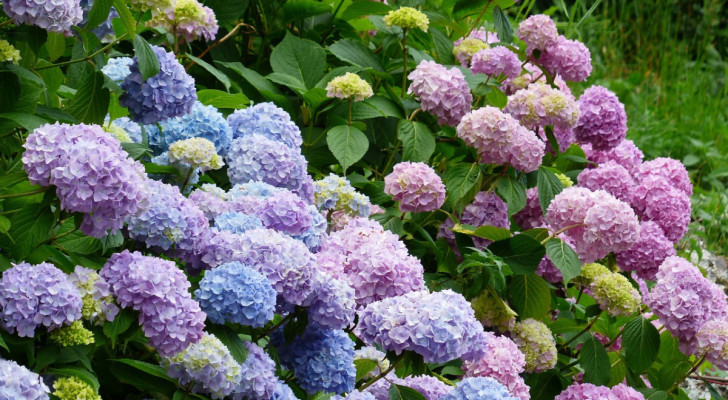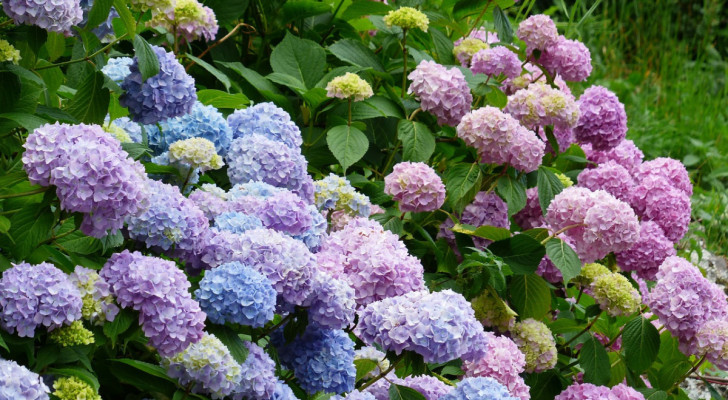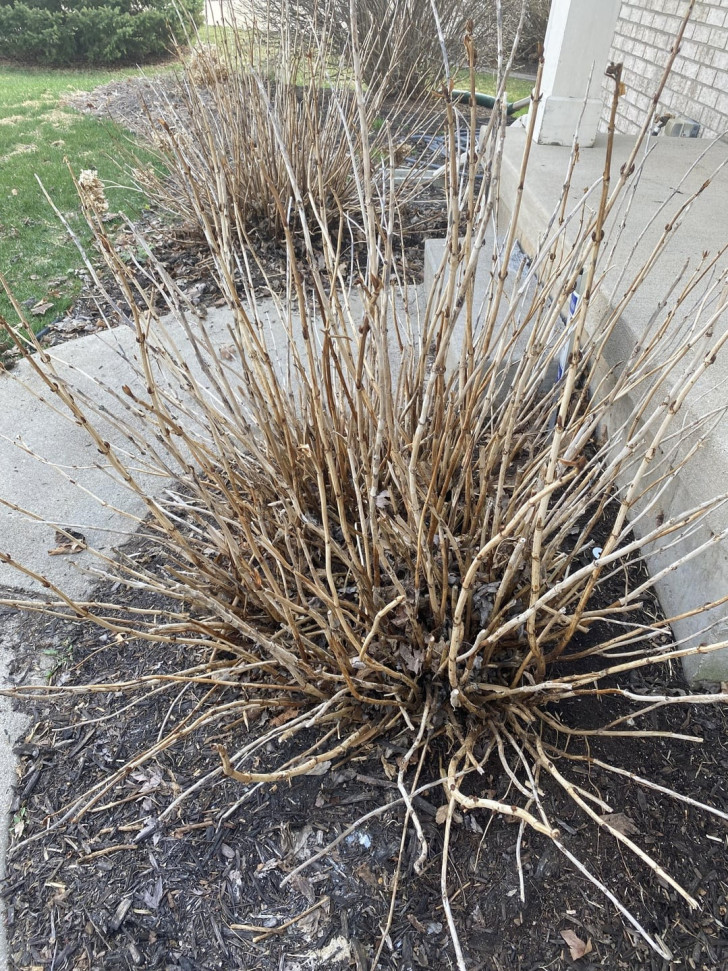Pruning macrophylla and serrata hydrangeas in preparation for the spring: tips for getting spectacular flowers

Hydrangeas are amongst the most popular of plants, found in gardens all over the world. So, what's the best way to take care of your hydrangeas? Well, one of the secrets is to do the pruning at the right time and in the right way. Not all hydrangeas are treated the same, but the pruning itself is very easy to do. Read on to find out more:
Recognize the difference between macrophylla and serrata hydrangeas

Needpix
There are several families of hydrangea, each family with many varieties to choose from. Two of the most common families are the macrophylla and the serrata. The former are those that we see more often and has large, spherical flower clusters; the serrata family has flat flowers (aka lacecaps), with central, fertile flowers (which are very small) and less showy, sterile flowers surrounding these.
Family differences aside, when it comes to pruning these plants, the procedures are very similar.
Pruning of macrophylla and serrata hydrangeas

The picture you see above shows how many hydrangeas usually look at the end of winter. And this picture shows a common "mistake" many make: all the dead flowers have been removed.
Since this plant begins to flower from late spring and into summer, you will always find dried flowers on the plants from September onwards. From the middle of autumn, into winter, the flowers will be dried out and without much color. For this reason, many cut these dead flowers off in autumn. In reality, this is a mistake (although not a huge one): the plant does die in winter, and dead flowers can protect the branches from the cold and parasites (a bit like how mulch does).
Once winter is officially over (typically from the beginning of March), you can start your annual hydrangea pruning.
For both families of hydrangeas, proceed as follows:
- Look for the buds that have appeared on each branch, starting from the ends and moving down towards the base.
- Count off a couple of buds (to a maximum of three).
- Cut immediately above the second or third bud, depending on the length of the branch and taking into account the shape that the plant you want to maintain.
- If the plant is adult (about 5 years old or older), and you notice that there are some old and woody branches on the plant. Cut these off at their base to encourage new growth.
An important tip: before pruning, make sure the blades of your pruner/shears are sharp and sterilized. Pruning a plant with contaminated shears could affect the health of your plants.
The cuts must be perpendicular to the branch, so as to expose the smallest possible surface area to the air, ie. as small a "wound" as possible.
What to do with pruned branches?
If some of the branches you pruned are not completely dry and dead, they can be propogated.
Remove any dead flowers and make an oblique cut at the base of the branch, so that the section of exposed pulp is as wide as possible. Immediately dip this cut into a little rooting hormone powder (easily found in nurseries and online stores), and plant it directly into a pot of rich soil and with a little expanded clay at the bottom. Water immediately and continue to do so once or twice a week: the condition of the buds remaining on the branch will show you if the plant is taking root (or not).
You can also try to propogate the cuttings in water: place the cuttings in a jar of water, to be changed every two or three days. You can transfer the cuttings to soil when the roots are a few centimeters long.
Ready to give your hydrangeas their "beauty treatment"?